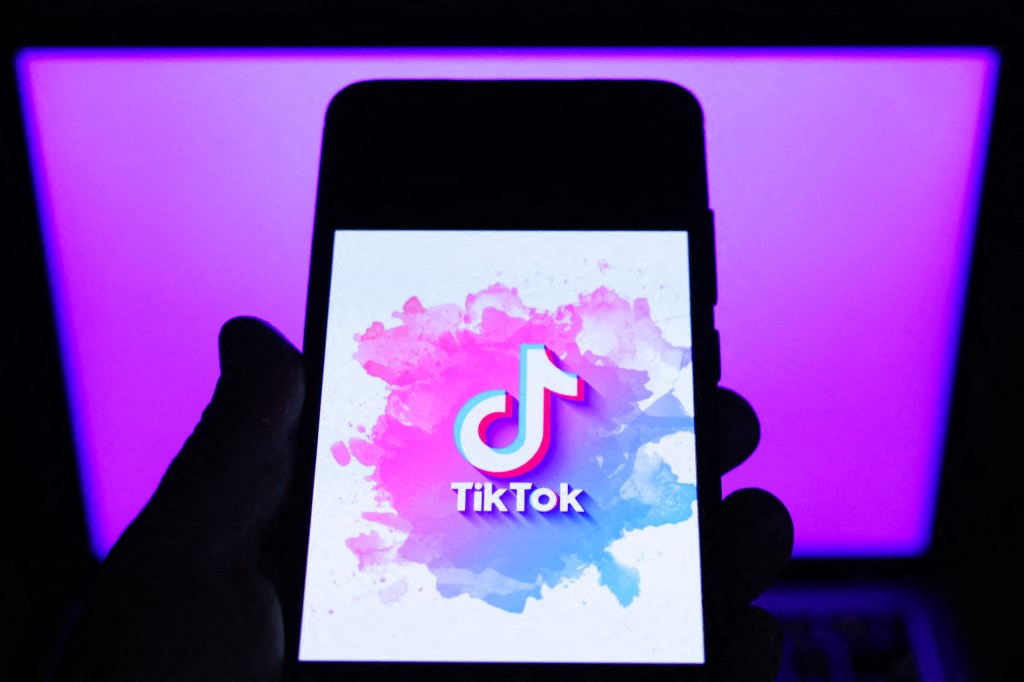
A year into the pandemic. And while some marketers are still scrambling to keep up with the new normal, we are already thinking about the Next Normal. Anticipating what might lie ahead. Remaining agile to thrive despite the uncertainty. That’s how we futureproof (UM) our brands. Over the past year, we made incredible gains in accelerating data and digital maturity, all while juggling remote work, school, and a global pandemic. We managed to set up technology infrastructure, connect data from across siloes, and go to market on e-commerce platforms.
But now is the time to guide all that momentum towards a clear objective: Better Marketing Effectiveness. Effectiveness has long been a catch-all term for any type of incremental lift resulting from marketing activity. But this vagueness limits marketing from finally shedding its cost center reputation, to gaining its place as a key driver of business growth.
Peter Field, godfather of advertising effectiveness, recently published “The Effectiveness Code,” a research conducted on thousands of Cannes case studies from 2011 till 2019. The result is a six-level framework to define specific effectiveness metrics, ranked from lowest to highest commercial impact.

Finally, here are clear metrics to determine the short and long-term impact of marketing activities. As an industry, we are excelling on three of the six levels:
• Overachieving on campaign metrics
• Creating short-term temporary sales growth
• Improving brand health
Which means we should start focusing on the other three levels of effectiveness. This requires a fundamental change in our approach to audiences, brand growth, and media measurement.
Changing consumer behavior: the funnel us now a loop
We’ve known for a while that the path-to-purchase is no longer linear. Now, we also know this funnel has transformed into a loop. Research by Google and The Behavioral Architects reveals an updated decision-making model, the Messy Middle. Consumers don’t move from awareness to consideration, intent, and then purchase; but rather between two mental modes: exploration and evaluation. This cycle can continue to loop into infinity as consumers open up to potential brands, then narrow their consideration set, until they make a purchase decision.
Behavioral science provides recommendations for how brands can nudge consumers stuck in the loop towards making a purchase decision: shortcuts, urgency, trendiness, scarcity, authority, and freebies.
One more element is becoming increasingly important in changing consumer behavior: culture. By understanding cultural trends, brands can bring about lasting behavioral change beyond a short-term conversion. One example is Durex’s courageous conversation about intimacy in Saudi Arabia. When a brand can authentically be part of a cultural movement, this drives effectiveness in the form of enduring behavior change.
Sustaining sales success: go after high-value audiences
Building on the work of Byron Sharp in “How Brands Grow,” the MMA and Neustar have brought new evidence that consumers most likely to buy a brand are light, switching users – not the loyalists who would buy anyway and not most consumers who would have no interest in buying at all. For Johnson’s Adult, we identified high-value audience-segments of skincare users more likely to convert. The approach focuses on elimination as opposed to the traditional ‘reach everyone.’ Savings from not targeting loyal or low propensity segments are reinvested in quick wins helping us drive more sustained sales growth.
Building enduring icons: attentiveness measures success
The core mission of media is to grab people’s attention. Then, advertising delivers the punch with creative messaging. This converts attention into action. So, if we are to become icons of effectiveness, we should start measuring our real impact: attention. As TV audience measurement comes online in Saudi Arabia, future-thinking marketers should start considering the next iterations of measurement. TVision and Lumen are using eye and head tracking technology to measure not only what is viewable, but what is actually viewed and how long it is viewed for. This metric is “Attentive Seconds Per Thousand Impressions” (APM). Now let’s combine it with “Cost per Thousand Impressions” (CPM). That’s how we calculate the “Cost per Thousand Seconds of Attention” (aCPM).
By comparing the same metric across channels, we would finally level the playing field and, crucially, pay for what matters. This elevates us from the short-term cheap CPM trap – shifting our focus onto quality which builds brands into enduring icons of growth.
Futureproofing requires consistency
If marketers in the GCC are to take but one conclusion out of this article, it’s this: There are no shortcuts to greatness. Icons are not built in a day. Brands that will stand the test of time and disruptions must work for their growth; consistently focusing on three factors with the largest impact on commercial success: media spends, campaign duration, and a diversified channel mix. So, let’s chart the course towards effectiveness by balancing short-term performance with long-term brand building. That’s the surest path to our goal of futureproof(UM) brands.
This article was published in Communicate’s Q1 edition. You can access the full magazine here.





